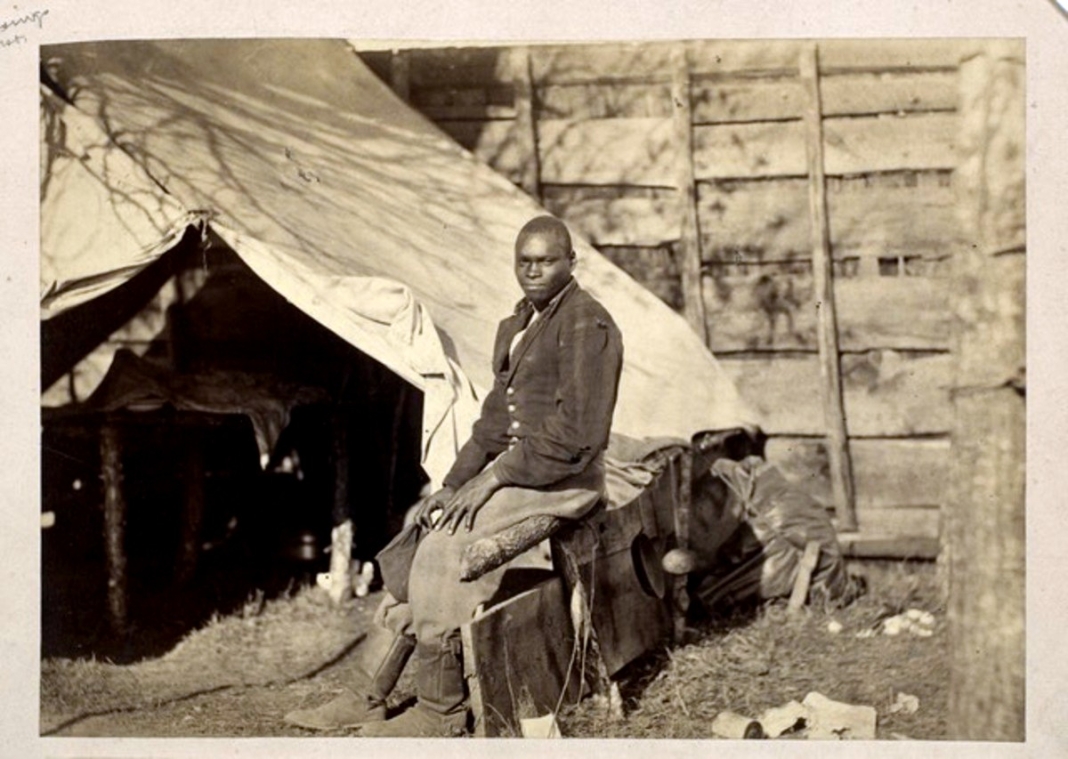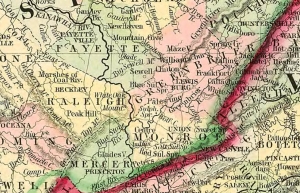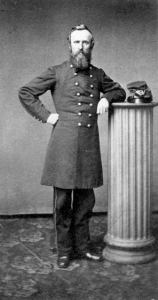UNION, W.Va. — While slavery had only a minor impact in most of what's now West Virginia before the Civil War, slaves represented about 10 percent of the people residing in Monroe County at the beginning of the conflict.
The importance of slave labor to the local economy certainly influenced the political opinions of that agricultural county’s white residents, and both of its representatives to the Virginia Convention voted for secession in 1861.
But the hardships of war would soon bring strife and tension to Monroe. Just weeks after Virginia voted to secede from the Union, rumors of a slave insurrection resulted in the arrest of several slaves in adjacent Greenbrier County. Samuel R. Houston, the Presbyterian minister in Union, the seat of justice in Monroe County, wrote in his diary that the news from Greenbrier had “produced something of a panic amongst us."
"Patrol walks the streets till midnight. Our two guns and a large horseman’s pistol have been loaded,” he added.
A week later, Houston preached a sermon arguing that the Confederate cause was a just one, but he learned that local African Americans disagreed with his sermon, increasing his fear of an uprising.
Residents worried that rebellious slaves might have set some mysterious barn fires. Able-bodied white men who had not gone off to fight in Confederate armies were pressed into night patrol service to suppress any potential slave rebellions.
By the winter of 1861-1862, Union troops were encamped at Fayetteville, about 70 miles away, within a few days' walk of any Monroe County slaves who were tempted to free themselves. Local whites tried to dissuade slaves from thinking about fleeing by telling them that the Yankees would cut off their arms or sell them off to Cuba.
Some Monroe County slaves were still willing to take the risk, however. On December 31, 1861, Houston noted in his diary that “several negroes have left their homes in this neighborhood and made their way...to the Federal army. They will never find as comfortable and happy homes as they have left.”
On January 3, these runaways arrived in Fayetteville, including a man named Charles, who shared his story with the commanding officer, Lieutenant Colonel Rutherford Hayes.
“When I came with my party, eleven of us, in sight of your pickets, I hardly knew what to do. If you were such people as they told us, we would suffer. Some of the party turned to run. A man with a gun called out ‘halt!’ I saw through the fence three more with guns. They asked ‘Who comes there?’ I called out ‘Friends.’ The soldier had his gun raised; he dropped it and said: ‘Boys, these are some of our colored friends,’ and told us to ‘come on, not to be afraid,’ that they were safe. Oh, I never felt so in my life. I could cry, I was so full of joy. And I found them and the major and all I have seen so friendly—such perfect gentlemen, just as we hoped you were, but not as they told us you were.”
In his conversation with Hayes, Charles also painted a bleak picture of the situation back in Monroe County. Prices of essential goods were skyrocketing, he said. Sugar that had been sold before the war for eight cents a pound now costs 25 or 30 cents. Shoes, boots, coffee, cloth, and other items had all tripled or quadrupled in price. And there was growing tension between the rich slave owning families and the poorer whites in the county.
Charles told Hayes that “rich men’s sons get discharges. Patrols put out to keep slaves at home... They [impress] poor folks’ horses and teams [but] not the rich folks’. Poor folks grumble at being compelled to act as patrols to keep rich men’s negroes from running off.”
Finally, Charles assured Hayes that many of Monroe County’s enslaved blacks would fight for the Union if the Union would have them.
Charles and the other Monroe County refugees were lucky to have come into a Union camp whose leader had strong antislavery feelings. Conversely, when George McClellan invaded western Virginia in May of 1861, he ordered his officers to suppress any “negro insurrections” and return property to local civilians—including human “property.”
The Union did not embrace an emancipation policy until January 1863, and even then, western Virginia was exempted from the provisions of the Emancipation Proclamation. A proslavery Union officer might have sent Charles and his compatriots away. But Hayes interpreted the First Confiscation Act, passed in August 1861, to allow him to declare these runaways to be “contraband of war”—property that was helping the enemy wage war against them, and could therefore be withheld from their owners.
While being declared “contraband” did not grant legal freedom to Charles and other runaways, it effectively freed them nonetheless. Hayes sent many of these “contraband” back to Ohio, accompanied by letters requesting specific friends or family members to find employment for them. Complete emancipation did not come to West Virginia until the end of the American Civil War.
Sign up to receive a FREE copy of West Virginia Explorer Magazine in your email twice weekly. Sign me up!






Excellent article! Thank you - I look forward to reading your book.
Thanks, Lynn!
I will be in Lewisburg July 25th and 26th. Im doing a book signing at New Chapter Books on the evening of July 25th, and speaking at the Greenbriar County Historical Society on Saturday morning. I loved my visit to Monroe County last year.
Fascinating history of Monroe County where I am from.
West Virginia’s entry into the Union as a slave state in 1863 is one of the more paradoxical twists of the Civil War era. Here's how it unfolded:
A State Born of Division
• Secession Crisis: When Virginia voted to secede from the Union in April 1861, many western Virginians opposed the decision. The region had fewer plantations and enslaved people, and its economy was more aligned with free labor.
• Restored Government: Pro-Union leaders in western Virginia formed the “Restored Government of Virginia,” which claimed to represent the whole state but was loyal to the Union. This government gave consent for the creation of West Virginia, satisfying the constitutional requirement for forming a new state.
Slavery and Statehood
• Slaveholding Realities: Despite its Unionist leanings, West Virginia still had around 18,000 enslaved people, especially in counties like Kanawha and Jefferson. To gain support from these areas, the new state’s constitution initially protected slaveholders’ rights.
Very interesting article. Love the look of the website. Very nice.
Very interesting information. Thank you!